Vinegar cleaning hacks – who knew this humble kitchen staple could be your secret weapon to a sparkling home? I’m constantly amazed by the versatility of vinegar, and I’m excited to share some incredible DIY cleaning tricks that will save you money and reduce your reliance on harsh chemicals.
For centuries, vinegar has been more than just a condiment. Ancient civilizations, from the Egyptians to the Romans, recognized its potent cleaning and preserving properties. In fact, archaeological evidence suggests vinegar was used for cleaning as far back as 3000 BC! It’s a testament to its effectiveness that we’re still relying on it today.
Let’s face it, cleaning can be a chore, and those store-bought cleaners can be expensive and full of ingredients you can’t even pronounce. That’s where these vinegar cleaning hacks come in. They’re simple, effective, and eco-friendly. Imagine effortlessly removing stubborn stains, deodorizing your home, and polishing surfaces with just one inexpensive ingredient. I’m going to show you how to tackle everything from grimy showerheads to smelly drains using the power of vinegar. Get ready to ditch those harsh chemicals and embrace a cleaner, greener, and more affordable way to keep your home looking its best!
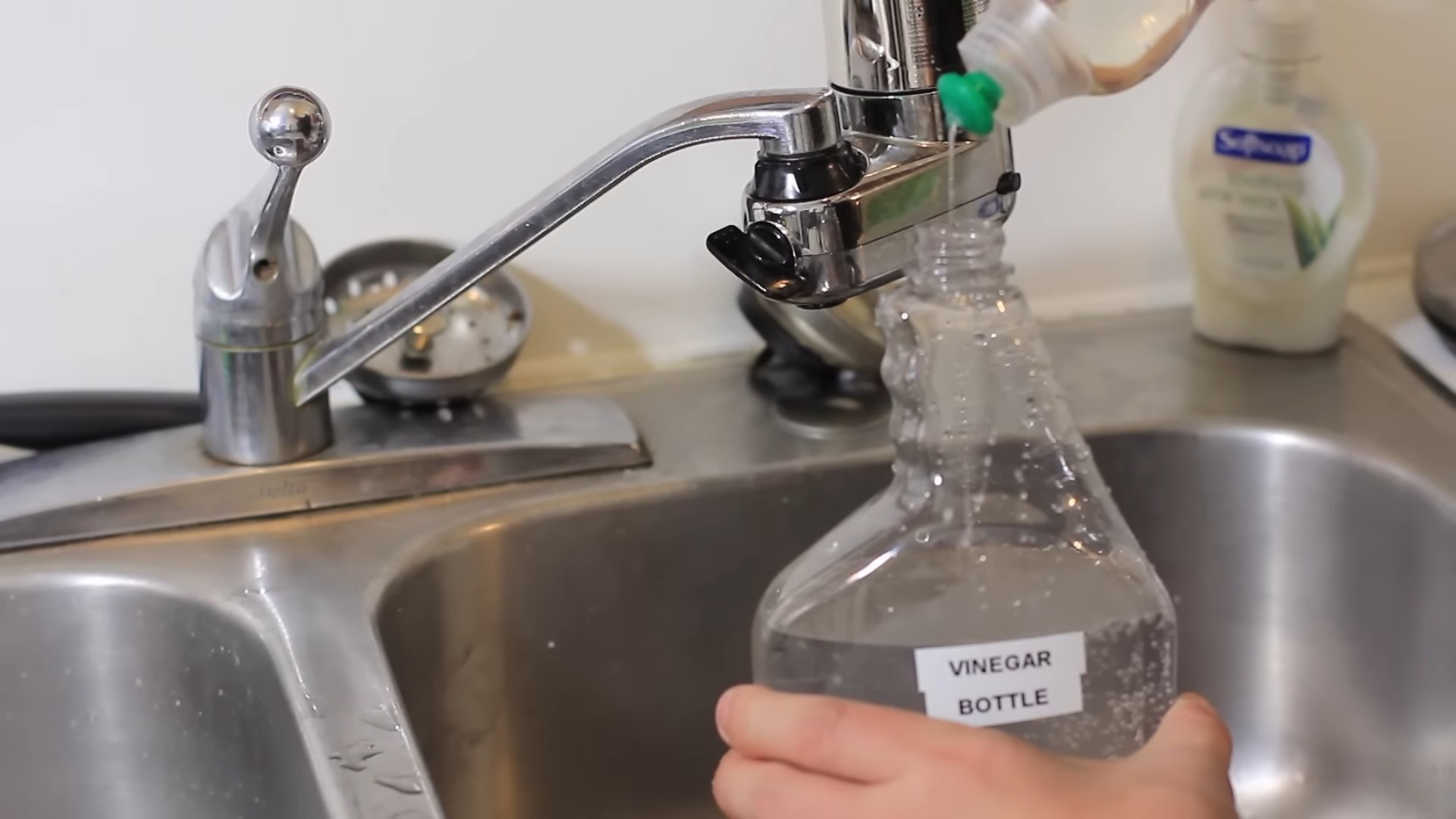
Unlocking the Power of Vinegar: My Favorite DIY Cleaning Hacks
Vinegar. It’s not just for salads anymore! I’ve discovered the amazing cleaning power of this humble kitchen staple, and I’m excited to share my favorite DIY vinegar cleaning hacks with you. Get ready to ditch those harsh chemicals and embrace a more natural, effective, and budget-friendly way to keep your home sparkling!
General Tips for Vinegar Cleaning
Before we dive into the specific hacks, here are a few general tips to keep in mind:
* Always use distilled white vinegar. It’s the most effective and affordable option for cleaning.
* Dilute vinegar with water for most applications. A 50/50 solution is usually a good starting point.
* Test vinegar on an inconspicuous area first. This is especially important for delicate surfaces like natural stone or wood.
* Don’t mix vinegar with bleach. This creates toxic fumes that are dangerous to inhale.
* Ventilate the area well when cleaning with vinegar. The smell can be strong, but it dissipates quickly.
* Embrace the smell! I know, I know, it’s not the most pleasant aroma. But trust me, it fades, and the results are worth it. Plus, you can always add a few drops of your favorite essential oil to the vinegar solution to mask the scent.
Hack 1: Sparkling Clean Showerhead
Hard water deposits can clog your showerhead, reducing water pressure and making your shower less enjoyable. Here’s how I use vinegar to restore my showerhead to its former glory:
Materials You’ll Need:
* White distilled vinegar
* Plastic bag (gallon-sized works well)
* Rubber band or twist tie
Step-by-Step Instructions:
1. Fill the bag with vinegar: Pour enough vinegar into the plastic bag to completely submerge your showerhead.
2. Attach the bag to the showerhead: Carefully position the bag over the showerhead, ensuring that the showerhead is fully immersed in the vinegar.
3. Secure the bag: Use a rubber band or twist tie to tightly secure the bag around the showerhead neck. Make sure it’s snug to prevent leaks.
4. Soak overnight: Let the showerhead soak in the vinegar overnight (or for at least a few hours). This allows the vinegar to dissolve the mineral deposits.
5. Remove the bag and rinse: Carefully remove the bag and discard the vinegar. Turn on the shower and let the water run for a few minutes to flush out any remaining vinegar and loosened deposits.
6. Wipe clean: Use a clean cloth or sponge to wipe down the showerhead. You should see a noticeable improvement in water pressure and overall cleanliness.
7. Stubborn deposits? If you still see some stubborn deposits, use an old toothbrush to gently scrub them away.
Hack 2: Deodorizing and Cleaning Your Dishwasher
My dishwasher can sometimes get a little funky, especially after washing greasy dishes. Vinegar is my go-to solution for deodorizing and cleaning it.
Materials You’ll Need:
* White distilled vinegar
* Dishwasher-safe cup or bowl
Step-by-Step Instructions:
1. Remove any dishes: Make sure your dishwasher is empty.
2. Place vinegar in the dishwasher: Pour one cup of white distilled vinegar into a dishwasher-safe cup or bowl.
3. Position the cup: Place the cup or bowl on the top rack of your dishwasher.
4. Run a hot cycle: Run the dishwasher on a hot cycle. I usually use the normal or heavy-duty setting.
5. Let it air dry: Once the cycle is complete, open the dishwasher door and let it air dry. The vinegar will help to remove odors, dissolve food particles, and leave your dishwasher smelling fresh.
Hack 3: Cleaning Your Microwave with Ease
Microwave splatters are a pain to clean! This vinegar hack makes it so much easier.
Materials You’ll Need:
* White distilled vinegar
* Water
* Microwave-safe bowl
* Sponge or cloth
Step-by-Step Instructions:
1. Combine vinegar and water: Fill a microwave-safe bowl with equal parts white distilled vinegar and water (about 1 cup of each).
2. Microwave the mixture: Place the bowl in the microwave and heat it on high for 5-10 minutes. The mixture should boil and create steam.
3. Let it sit: Leave the bowl in the microwave for another 5-10 minutes with the door closed. The steam will loosen the grime and splatters.
4. Wipe clean: Carefully remove the bowl (it will be hot!). Use a sponge or cloth to easily wipe away the loosened food particles. No scrubbing required!
Hack 4: Reviving Dull Laundry
Vinegar can do wonders for your laundry! It can brighten whites, soften fabrics, and remove odors.
Materials You’ll Need:
* White distilled vinegar
Step-by-Step Instructions:
1. Add vinegar to the wash: Add 1/2 cup of white distilled vinegar to your washing machine’s fabric softener dispenser.
2. Wash as usual: Wash your clothes as usual. The vinegar will help to brighten whites, soften fabrics, and remove odors.
3. For extra brightening: For extra brightening, you can also soak white clothes in a solution of vinegar and water before washing.
Hack 5: Cleaning and Deodorizing Cutting Boards
Cutting boards can harbor bacteria and odors, especially after cutting raw meat or onions. Vinegar is a natural disinfectant and deodorizer that can help keep your cutting boards clean and fresh.
Materials You’ll Need:
* White distilled vinegar
* Clean cloth or sponge
Step-by-Step Instructions:
1. Wipe down the cutting board: After using your cutting board, wipe it down with a clean cloth or sponge dampened with white distilled vinegar.
2. Let it sit: Let the vinegar sit on the cutting board for a few minutes to disinfect and deodorize.
3. Rinse and dry: Rinse the cutting board with water and dry it thoroughly.
Hack 6: Removing Hard Water Stains from Faucets and Fixtures
Hard water stains can make your faucets and fixtures look dull and grimy. Vinegar can dissolve these mineral deposits and restore their shine.
Materials You’ll Need:
* White distilled vinegar
* Clean cloth or sponge
* Spray bottle (optional)
Step-by-Step Instructions:
1. Apply vinegar to the stains: You can either spray the vinegar directly onto the stains using a spray bottle or dampen a clean cloth or sponge with vinegar and apply it to the affected areas.
2. Let it sit: Let the vinegar sit on the stains for 15-30 minutes to allow it to dissolve the mineral deposits. For stubborn stains, you may need to let it sit longer.
3. Scrub gently: Use a clean cloth or sponge to gently scrub away the loosened mineral deposits.
4. Rinse and dry: Rinse the faucets and fixtures with water and dry them thoroughly.
Hack 7: Cleaning Your Coffee Maker
Over time, mineral deposits can build up in your coffee maker, affecting the taste of your coffee. Vinegar can help to remove these deposits and keep your coffee maker running smoothly.
Materials You’ll Need:
* White distilled vinegar
* Water
Step-by-Step Instructions:
1. Fill the water reservoir: Fill the water reservoir of your coffee maker with equal parts white distilled vinegar and water.
2. Run a brewing cycle: Run a full brewing cycle with the vinegar and water solution.
3. Rinse with water: After the brewing cycle is complete, discard the vinegar and water solution. Fill the water reservoir with fresh water and run two more brewing cycles to rinse out any remaining vinegar.
Hack 8: Cleaning Windows and Mirrors for a Streak-Free Shine
Forget expensive window cleaners! Vinegar is my secret weapon for streak-free windows and mirrors.
Materials You’ll Need:
* White distilled vinegar
* Water
* Spray bottle
* Microfiber cloth
Step-by-Step Instructions:
1. Mix vinegar and water: In a spray bottle, combine equal parts white distilled vinegar and water.
2. Spray the surface: Spray the vinegar solution onto the windows or mirrors.
3. Wipe clean: Use a clean microfiber cloth to wipe the surface dry. The vinegar will cut through grime and leave a streak-free shine.
Hack 9: Unclogging Drains
A clogged drain is a common household problem. Before reaching for harsh chemical drain cleaners, try this vinegar and baking soda solution.
Materials
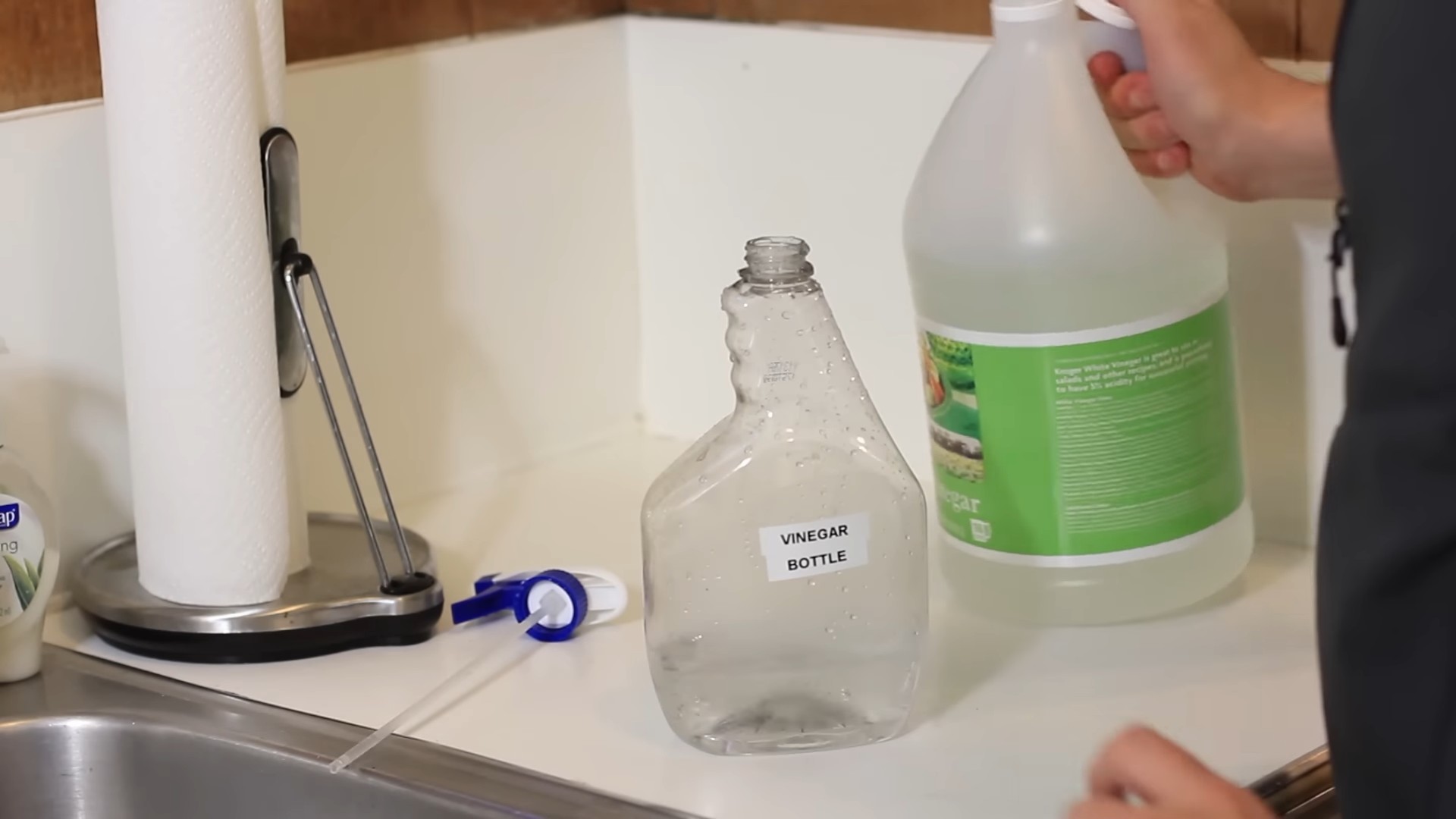
Conclusion
So, there you have it! Unlocking the power of vinegar for a sparkling clean home is not just a trend; it’s a revolution in sustainable and effective cleaning. We’ve explored a range of incredible vinegar cleaning hacks that are not only budget-friendly but also significantly reduce your reliance on harsh chemicals. From banishing stubborn hard water stains in your bathroom to revitalizing your dingy laundry, vinegar proves its versatility time and time again.
But why is this DIY approach a must-try? Beyond the cost savings and eco-consciousness, vinegar offers a level of control and customization that commercial cleaners simply can’t match. You know exactly what’s going into your cleaning solutions, eliminating concerns about hidden ingredients and potential allergens. Plus, the satisfaction of creating your own effective cleaner is surprisingly rewarding!
Don’t be afraid to experiment and adapt these hacks to suit your specific needs. For instance, if you find the vinegar scent too strong, infuse it with citrus peels (lemon, orange, grapefruit) for a few weeks before using. This adds a refreshing fragrance and enhances its cleaning power. You can also add a few drops of your favorite essential oils, like lavender or tea tree, for their antibacterial and aromatherapy benefits. For tougher stains, consider creating a paste of baking soda and vinegar – the fizzing action helps lift dirt and grime. Remember to always test any cleaning solution on an inconspicuous area first to ensure it doesn’t damage the surface.
The possibilities are truly endless when you embrace the power of vinegar. It’s a simple, safe, and incredibly effective way to keep your home clean and healthy. So, ditch the expensive, chemical-laden cleaners and give these vinegar cleaning hacks a try. You’ll be amazed at the results!
We’re confident that you’ll find these tips incredibly useful. But the real magic happens when you put them into practice. We encourage you to embark on your own vinegar cleaning adventure and discover the many ways it can transform your home.
And most importantly, we want to hear about your experiences! Share your successes, your challenges, and your own unique vinegar cleaning hacks in the comments below. Let’s build a community of eco-conscious cleaners who are passionate about creating a healthier and more sustainable home. What are you waiting for? Grab that bottle of vinegar and get cleaning! Let us know what you think about our vinegar cleaning hacks.
Frequently Asked Questions (FAQs)
Is vinegar safe to use on all surfaces?
No, vinegar is not safe to use on all surfaces. While it’s a fantastic cleaner for many areas of your home, its acidity can damage certain materials. Avoid using vinegar on natural stone surfaces like marble, granite, and travertine, as it can etch and dull the finish. It’s also best to avoid using vinegar on waxed wood furniture, as it can strip the wax and damage the wood. Additionally, avoid using vinegar on electronics screens, as it can damage the anti-glare coating. Always test a small, inconspicuous area before applying vinegar to a larger surface to ensure it doesn’t cause any damage. When in doubt, consult the manufacturer’s instructions for cleaning specific surfaces.
What type of vinegar is best for cleaning?
White distilled vinegar is generally considered the best type of vinegar for cleaning. It has a relatively high acidity level (around 5%) and is clear, so it won’t stain surfaces. Apple cider vinegar can also be used for cleaning, but it has a lower acidity level and may leave a slight residue or odor. Avoid using flavored vinegars, such as balsamic or red wine vinegar, as they can stain surfaces and are not as effective for cleaning.
How do I get rid of the vinegar smell after cleaning?
The vinegar smell typically dissipates within a few hours. To speed up the process, you can open windows and doors to ventilate the area. You can also place bowls of baking soda around the room to absorb the odor. Another option is to simmer a pot of water with citrus peels or spices like cinnamon and cloves to create a pleasant aroma that will mask the vinegar smell. Adding a few drops of essential oils, such as lavender or lemon, to your cleaning solution can also help to mask the vinegar scent.
Can I mix vinegar with bleach?
No, absolutely not! Mixing vinegar with bleach is extremely dangerous and can create toxic chlorine gas. This gas can cause severe respiratory problems, burns, and even death. Never mix vinegar with bleach or any other cleaning products that contain ammonia. Always use vinegar separately and follow safety precautions when cleaning.
How can I use vinegar to clean my washing machine?
To clean your washing machine with vinegar, pour 2 cups of white distilled vinegar into the detergent dispenser. Run a normal wash cycle on the hottest water setting. This will help to remove detergent buildup, mildew, and odors. For a more thorough cleaning, you can also add 1/2 cup of baking soda directly into the drum of the washing machine before running the cycle. Repeat this process every few months to keep your washing machine clean and fresh.
Can vinegar remove hard water stains?
Yes, vinegar is very effective at removing hard water stains. Hard water stains are caused by mineral deposits, and the acidity of vinegar helps to dissolve these deposits. To remove hard water stains from showerheads, faucets, and other fixtures, soak them in a solution of equal parts vinegar and water for a few hours or overnight. For larger surfaces like shower doors or tiles, spray the area with vinegar and let it sit for 15-20 minutes before scrubbing with a non-abrasive sponge or brush. Rinse thoroughly with water.
Is vinegar safe to use around pets and children?
Vinegar is generally considered safe to use around pets and children, as it is a non-toxic cleaning agent. However, it’s important to keep vinegar out of reach of children and pets to prevent accidental ingestion. While vinegar is not highly toxic, it can cause irritation if ingested in large quantities. When cleaning with vinegar, ensure that the area is well-ventilated to prevent inhalation of fumes. If your pet or child accidentally ingests vinegar, monitor them for any signs of irritation or discomfort and contact your veterinarian or doctor if necessary.
Can I use vinegar to clean my coffee maker?
Yes, you can use vinegar to clean your coffee maker. Fill the water reservoir with a solution of equal parts vinegar and water. Run a full brewing cycle. Then, run two cycles with fresh water to rinse out any remaining vinegar. This will help to remove mineral buildup and improve the taste of your coffee.
What are some other creative uses for vinegar in cleaning?
Vinegar has a wide range of cleaning applications beyond what we’ve already discussed. You can use it to clean your microwave by heating a cup of vinegar and water for a few minutes to loosen grime. It can also be used to deodorize your garbage disposal by pouring a cup of vinegar down the drain and letting it sit for 30 minutes before flushing with water. Vinegar can even be used to remove stickers and labels by soaking them with vinegar for a few minutes before peeling them off. The possibilities are endless!
How often should I use these vinegar cleaning hacks?
The frequency of using these vinegar cleaning hacks depends on your individual needs and cleaning habits. For routine cleaning tasks like wiping down countertops and cleaning mirrors, you can use vinegar solutions as often as you would use any other cleaner. For deeper cleaning tasks like descaling your coffee maker or cleaning your washing machine, you can do so every few months or as needed. Pay attention to the condition of your home and adjust your cleaning schedule accordingly.

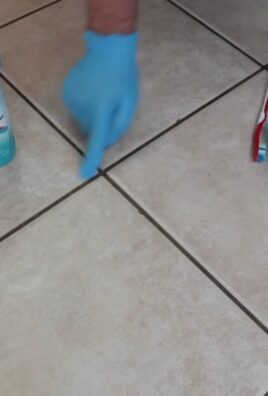
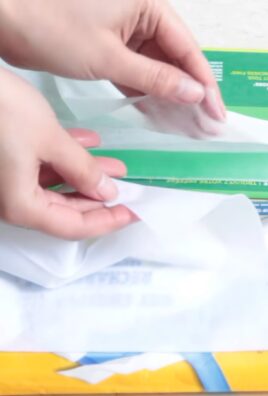
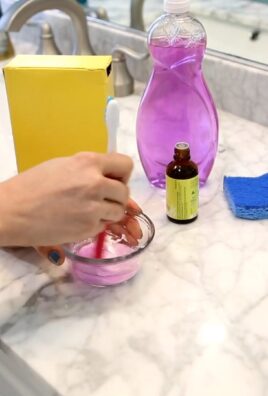
Leave a Comment